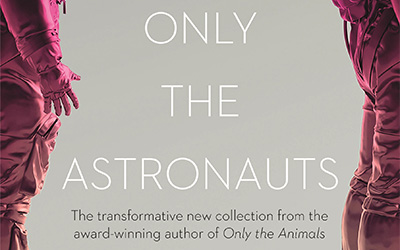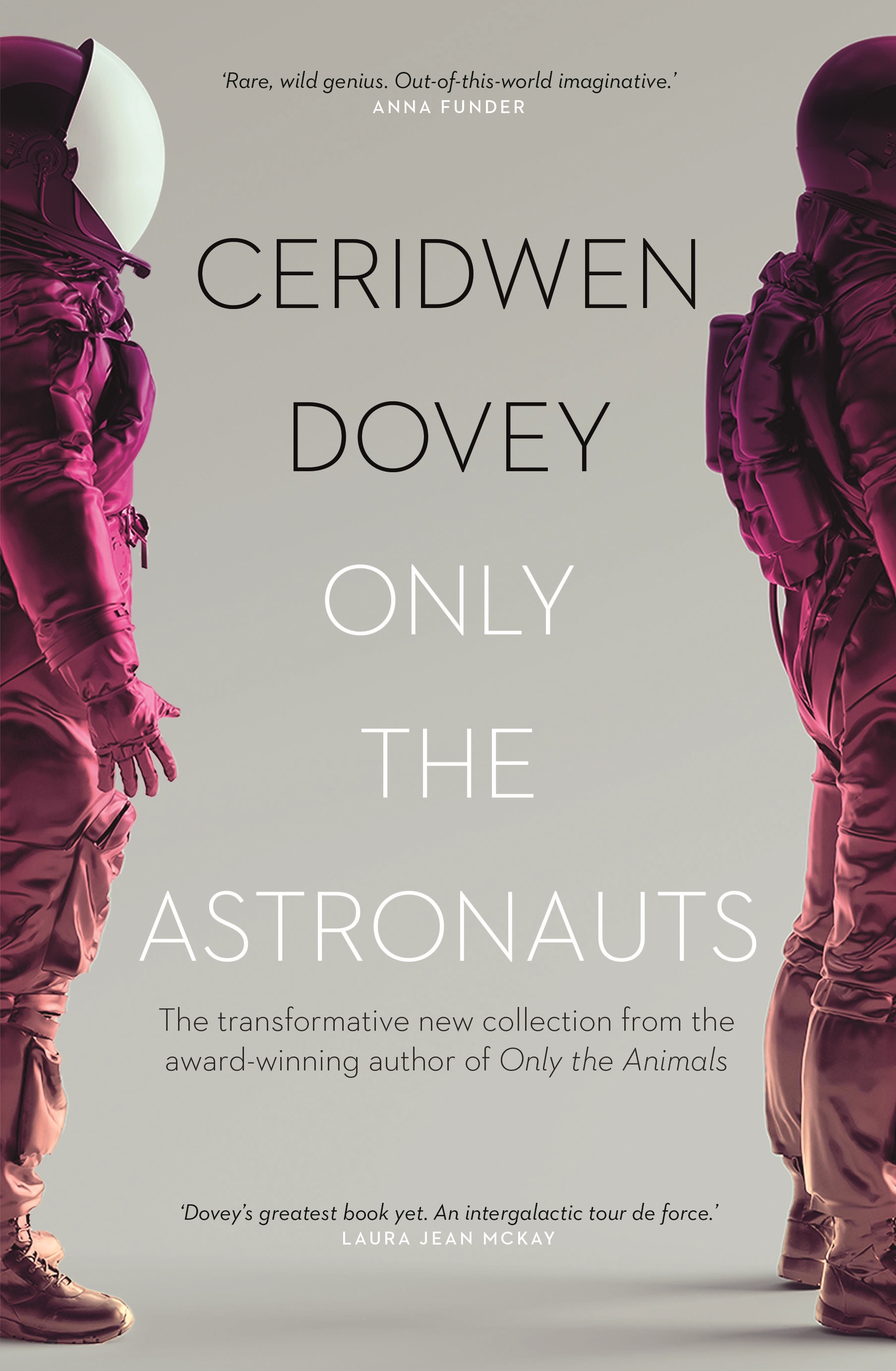
- Free Article: No
- Contents Category: Fiction
- Review Article: Yes
- Article Title: ‘We, the Tamponauts’
- Article Subtitle: Lurching between lyricism and farce
- Online Only: No
- Custom Highlight Text:
In late 1999, NASA announced that its Mars Climate Orbiter, a multi-million-dollar robot probe designed to study the weather and climate of Mars, was lost somewhere in space. The craft had failed to manoeuvre into its optimal orbit, ending either on a course towards the sun or in a fatal collision with the red planet. Investigations uncovered the source of the blunder: one team working on the orbiter had been using metric measurements, another team had been using imperial.
- Featured Image (400px * 250px):

- Alt Tag (Featured Image): Diane Stubbings reviews ‘Only the Astronauts’ by Ceridwen Dovey
- Book 1 Title: Only the Astronauts
- Book 1 Biblio: Hamish Hamilton, $34.99 pb, 275 pp
- Book 1 Cover Small (400 x 600):

- Book 1 Cover (800 x 1200):

In essays published in Kill Your Darlings (2022) and Sydney Review of Books (2023), Dovey casts Only the Astronauts as an adjunct to the narrative experiments she began in her rightly acclaimed collection Only the Animals (2014). Comprising ten stories told from the viewpoint of animals, Only the Animals relies for much of its effect on readers’ preparedness to recognise within animals an essence approaching not merely the emotional, but also the spiritual.
To imbue objects made of metal, plastic, or even cotton with a comparable inner life – or ‘life force’ (to borrow from Italo Calvino, whom Dovey acknowledges as an influence) – is a more onerous task, one that eludes Dovey. Dovey’s omniscient object-narrators – Elon Musk’s ‘starman’, the International Space Station (ISS), the Voyager crafts, a hand-sized aluminium statue left behind by one of the moon missions, and a crew of tampons – lack the symbiotic consciousness welding together object and human that Dovey intends, the objects instead becoming little more than expositors on the lives of those humans with whom they have come into contact.
‘Starman’, for example, is narrated by the space-suited mannequin strapped into a Tesla Roadster that SpaceX launched in 2018. There are occasional flashes of radiance – ‘I am a circling speck in the solar system. The sunlight falls on me, or does not fall on me. I measure time in stripes of light. I am a planet unto myself’ – and as an ode to Starman’s unrequited love for its narcissistic creator, it almost succeeds. However, a mid-flight rendezvous with Ivan Ivanovich, a mannequin jettisoned, according to the story, by a Soviet space crew (but, in fact, purchased in 1993 by US presidential hopeful Ross Perot), eventually sabotages any suspension of disbelief readers might be willing to accept.
Like ‘Starman’, much of Only the Astronauts lurches between lyricism and farce, insight and inanity, inducing in the reader a level of motion sickness. Promising ideas are undermined by dialogue that has all the finesse of a B-grade movie. ‘We, the Tamponauts’ is a glaring example. Tangentially extolling pioneering astronaut Sally Ride, the first American woman in space (there is no recognition of Valentina Tereshkova, the cosmonaut who preceded Ride by twenty years), ‘We, the Tamponauts’ is a screenplay – written by the granddaughter of a tampon and who is herself, presumably, a tampon – that tells of a crew of ‘menstrual sanitary items’ travelling to Mars. Much is made of the symbolism of the ‘red’ planet, and the strings of the approximately 100 unused tampons Ride discarded during her expedition morph into ‘tiny cosmic strings that make up the entire universe ... eternally woven … into the fabric of space-time’.
The slightness of the plot and the clunkiness of the dialogue – ‘nothing could be more out of place than a tampon in space’ declares a chorus of tampons – are the least problematic aspects of ‘We, the Tamponauts’. What humour there is in the story is stretched stratosphere-thin (the story occupies almost half the volume), and to celebrate women’s achievements in space through the synecdoche of a tampon is as reductive and dated as the patriarchal discourse it seems to be critiquing, reinforcing rather than subverting the idea that women are little more than their menstrual cycles.
The three remaining stories – ‘The Fallen Astronaut’, ‘Hackgold/Hacksilver’, and ‘Requiem’ – demonstrate something of what Only the Astronauts might have been. In ‘Requiem’, for example, the ISS muses ‘I’m not immune to the pull of Earth’s atmosphere. I’ve had a taste of what it will be like to give in to that pull, to stop resisting … It is as inevitable as ageing.’ But any synergy between the space-objects and their significant humans quickly dissipates. The objects operate as little more than loquacious chatbots, trundling through Wikipedia-style summaries of the lives of Neil Armstrong, Carl Sagan, and various astronauts and cosmonauts who have lived and worked on the ISS. Consequently, there is a second-hand feel to the narratives; they lack their own creative pulse. As Voyager 1 says in ‘Hackgold/Hacksilver’, ‘we discover, or we die’.
Abortive experiments ultimately generate new questions, and Only the Astronauts is no exception. What, for example, might a superannuated spacecraft feel as it plunges towards death? What might it suffer as it languishes in a ‘spacecraft cemetery’ deep in the Pacific Ocean? How might the profoundly interdependent relationship the ISS has shared with its crew impact its perceptions? What sort of metaphor for our excursions into space might the statue of the ‘fallen astronaut’ have become had it been allowed to express its own subjectivity? What might a spacecraft experience as it is blasted on a trajectory towards the edge of the solar system, or abandoned on a distant planet?
In Only the Astronauts, Dovey has commemorated the ability of space-objects to extend into the farthest extremities of the universe the physical reach of humanity. What she fails to exploit is their capacity to extend our imaginative reach also.


Comments powered by CComment